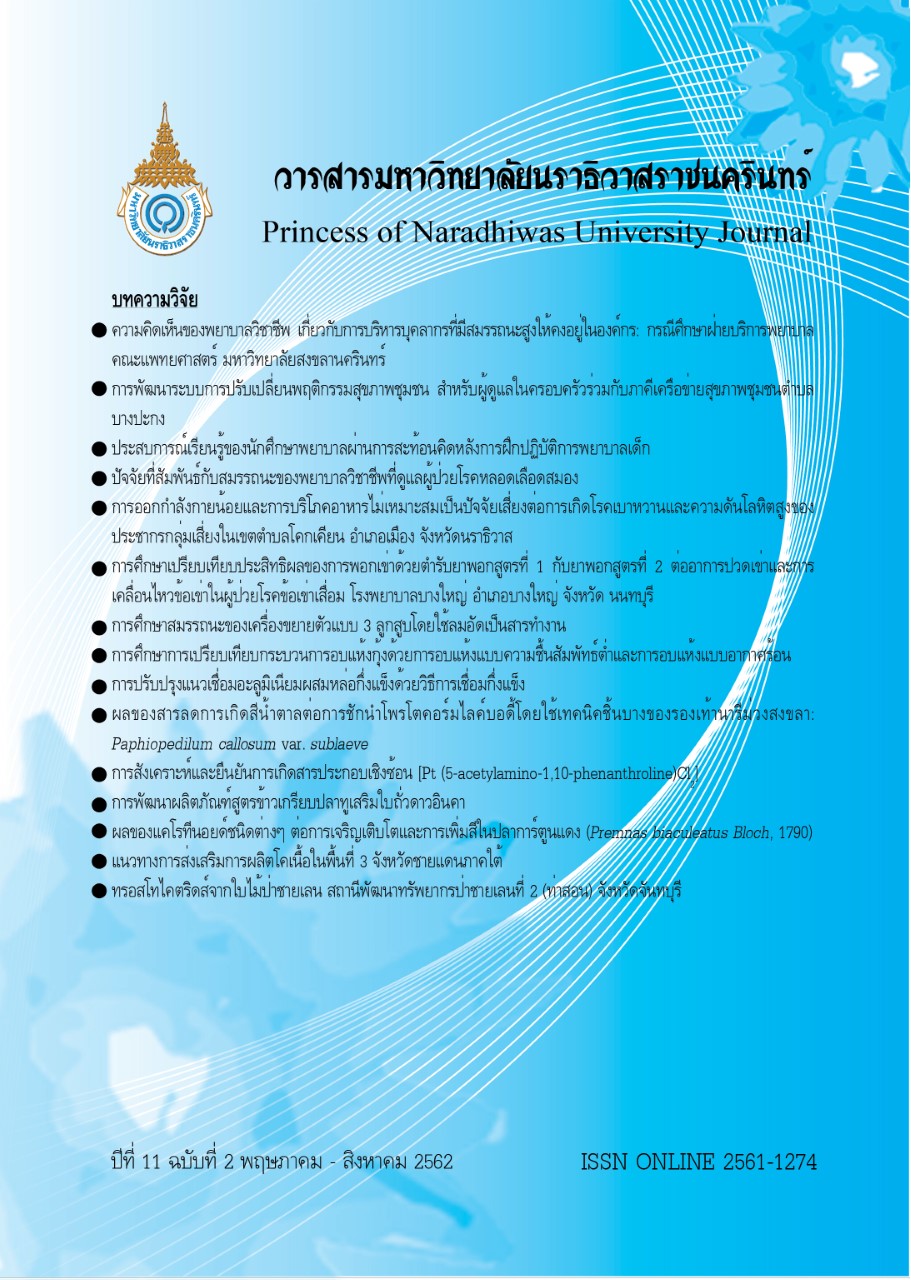Integrating the Internet of Things with Enterprise Resource Planning System for Management Educational Institutes
Keywords:
Internet of Things, Enterprise Resource Planning, Management Educational InstitutesAbstract
In educational ERP has played a key role in the management of the IT systems of higher education, including human resources. Student information systems, financial systems, and technical articles, this study documents and research related to the integration of the Internet of Things to an enterprise resource management system for educational purposes of this article, the main issue is the concept of integration. Internet of things technology, and enterprise resource management system for school administrators. The study began by studying documents and related research, analysis, and synthesis. The author is presented in context 1) Enterprise Resource Planning systems (Enterprise Resource Planning System: ERPs) 2) the composition of the ERP in an organization 3) Cloud ERP systems in the enterprise, 4) integration of ERP to the administrators. 5) factors related to ERP 6) accepted the use of ERP 7) IoT: Internet of Things 8) Outlook integration IoT with the ERP In addition, the need for further study on the factors that lead to the adoption and application of technology to maximize the benefits in further studies.
References
Technologies and Computers (ICETC), 2014 The International Conference on (pp. 73-78). IEEE.
Ali, M., Nasr, E. S., & Gheith, M. H. (2016). A requirements elicitation approach for cloud based software
product line ERPs. In Proceedings of the 2nd Africa and Middle East Conference on Software Engineering (pp. 34-39). ACM.
Althonayan, M., & Papazafeiropoulou, A. (2013). Evaluating the performance on ERP systems in King
Saud University (KSU): A stakeholders' perspective. In System Sciences (HICSS), 2013 46th Hawaii International Conference on (pp. 4074-4083). IEEE.
Ballon, P. (2007). Changing business models for Europe’s mobile telecommunications industry: The
impact of alternative wireless technologies. Telematics and Informatics, 24(3), 192-205.
Basole, R. C. (2009). Visualization of interfirm relations in a converging mobile ecosystem. Journal of
information Technology, 24(2), 144-159.
Bhat, J. M., Shroff, B., & Bandi, R. K. (2013). User Perceptions, Motivations and Implications on ERP
Usage: An Indian Higher Education Context. In Enterprise Information Systems of the Future: 6th IFIP WG 8.9 Working Conference, CONFENIS 2012, Ghent, Belgium, September 19-21, 2012, Revised Selected Papers (Vol. 139, p. 90). Springer.
Chan, T., Sedera, D., & Gable, G. G. (2008). Re-conceptualizing Information System Success: The IS-
Impact Measurement Model. Journal of the Association for Information Systems, 9(7), 2.
Chaudhari., Sonu. A. Mathurawala., Siddesh. P. Tupe., Priyanka. R. Dake., & Omkar. R. Dake.
(2015). Implementation of Online ERP System for Educational Institutes. International Journal of Advanced Research in Computer Engineering & Technology (IJARCET), 4(4), 1114-1116.
Cusumano, M. A., & Gawer, A. (2002). The elements of platform leadership. MIT Sloan management
review, 43(3), 51.
de Castro Silva, S. L. F., & de Oliveira, S. B. (2015). Planning and scope definition to implement ERP:
the case study of Federal Rural University of Rio de Janeiro (UFRRJ). Procedia Computer Science, 64, 196-203.
Guinard, D., Trifa, V., Karnouskos, S., Spiess, P., & Savio, D. (2010). Interacting with the soa-based
internet of things: Discovery, query, selection, and on-demand provisioning of web services. IEEE transactions on Services Computing, 3(3), 223-235.
Helo, P., Anussornnitisarn, P., & Phusavat, K. (2008). Expectation and reality in ERP implementation:
consultant and solution provider perspective. Industrial Management & Data Systems, 108(8), 1045-1059.
Iansiti, M., & Levien, R. (2004). The Keystone Advantage: What the New Dynamics of Business
Ecosystems Mean for Strategy, Innovation, and Sustainability: Harvard Business School Press. Boston, MA.
Jalil, D., & Bakar, M. S. A. (2017). Adapting Software Factory Approach into Cloud ERP Production
Model. International Journal of Computer Science and Information Security, 15(1), 221-229.
Mudaly, S., Singh, P., & Olugbara, O. O. (2013). Improved technology acceptance model
applied to study enterprise resource planning usage. In Science and Information Conference (SAI), 2013 (pp. 782-790). IEEE.
Majeed, A. A., & Rupasinghe, T. D. (2017). Internet of things (IoT) embedded future supply chains for
industry 4.0: An assessment from an ERP-based fashion apparel and footwear industry.
International Journal of Supply Chain Management, 6(1), 25-40.
Noaman, A. Y., & Ahmed, F. F. (2015). ERP systems functionalities in higher education. Procedia
Computer Science, 65, 385-395.
Papert, M., & Pflaum, A. (2017). Development of an ecosystem model for the realization of internet of
things (IoT) services in supply chain management. Electronic Markets, 27(2), 175-189.
Pollock, N., & Cornford, J. (2005). Implications of enterprise resource planning systems for
universities: An analysis of benefits and risks.
Reich, J., & SE, S. (2017). Interaction semantics–and its implications for an interaction oriented
architecture of IoT-type applications.
Rosemann, M., & Wiese, J. (1999). Measuring the performance of ERP software–a balanced
scorecard approach. In Proceedings of the 10th Australasian Conference on Information Systems (Vol. 8, No. 4). Wellington.
Rabaa'i, A. A., Bandara, W., & Gable, G. (2009). ERP systems in the higher education sector:
a descriptive study. In Proceedings of the 20th Australasian Conference on Information Systems (pp. 456-470).
Rong, K., Shi, Y., & Yu, J. (2013). Nurturing business ecosystems to deal with industry uncertainties.
Industrial management & data systems, 113(3), 385-402.
Ritala, P., Agouridas, V., Assimakopoulos, D., & Gies, O. (2013). Value creation and capture mechanisms
in innovation ecosystems: a comparative case study. International Journal of Technology Management, 63(3-4), 244-267.
Ram, J., Wu, M. L., & Tagg, R. (2014). Competitive advantage from ERP projects: Examining the role of
key implementation drivers. International Journal of Project Management, 32(4), 663-675.
Solaimani, S., Bouwman, H., & De Reuver, M. (2010). Smart home: aligning business models and
providers processes; a case survey. Proceedings of 21st ACIS, 55-81.
Wu, J. H., & Wang, Y. M. (2006). Measuring ERP success: the ultimate users' view. International
Journal of Operations & Production Management, 26(8), 882-903.
Zhu, Y., Li, Y., Wang, W., & Chen, J. (2010). What leads to post-implementation success of ERP? An
empirical study of the Chinese retail industry. International Journal of Information Management, 30(3), 265-276.




